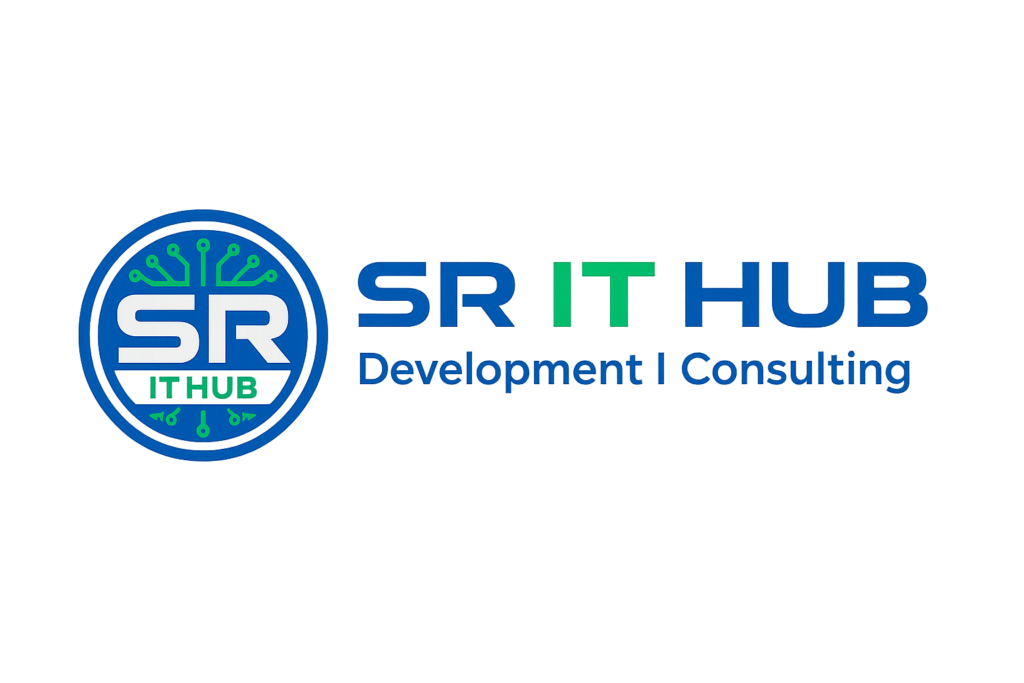ABSTARCT :
We compare a recent dehazing method based on deep learning, Dehaze net, with traditional state-of-the-art approaches, on benchmark data with reference. Dehaze net estimates the depth map from transmission factor on a single colour image, which is used to inverse the Kuhlmeier model of imaging in the presence of haze. In this sense, the solution is still attached to the Kuhlmeier model. We demonstrate that the transmissions very well estimated by the network, but also that this method exhibits the same limitation than others due to the use of the same imaging model.
EXISTING SYSTEM :
The objective of our work is to perform an objective comparison between deep learning based methods such as Dehaze Net and traditional haze removal methods. We opted for different approaches to perform the comparison. We made use of the CHIC database introduced by El Khoury et al. [5],[6]. CHIC stands for ”Color Hazy Image for Comparison”. The database consists of two different scenes that include numerous objects with different shapes, colours, positions, surface types(glossy or rough surfaces) and textures. The scenes also include four Macbeth colour checkers at different distances for colour accuracy checks. A set of high-resolution images of the same scene is acquired under a controlled environment with the same light conditions; first without any haze (haze-free image) and then under 9 different levels of fog density which is introduced by using a fog machine. Each image has a uniform fog level. Level 9 is the lowest fog density while level 1 is the highest. In addition to this, for each scene the distances of the four colour checkers to the camera are known, the fog-properties, such as the scattering coefficient (β) are also known and the lighting conditions remain constant. PROPOSED SYSTEM :
Dehaze Net performs an estimation of the transmission map t(x). We propose to evaluate this directly compared to measured values from the benchmark. We also compare with the transmission map obtained by DCP under different levels of haze. We only compared with DCP because FAST is based on a different variation of the model and CLAHE does not try to estimate the transmission map. The distance between the colour checkers and the camera serves as a ground truth to compare the two considered methods. Since an approximation of the scattering coefficient βis available for each scene, a ground truth t(x) = exp(−βd(x))can be computed for each of those colour checkers to bench-mark the considered methods.
SYSTEM REQUIREMENTS
SOFTWARE REQUIREMENTS:
• Programming Language : Python
• Font End Technologies : TKInter/Web(HTML,CSS,JS)
• IDE : Jupyter/Spyder/VS Code
• Operating System : Windows 08/10
HARDWARE REQUIREMENTS:
Processor : Core I3
RAM Capacity : 2 GB
Hard Disk : 250 GB
Monitor : 15″ Color
Mouse : 2 or 3 Button Mouse
Key Board : Windows 08/10

